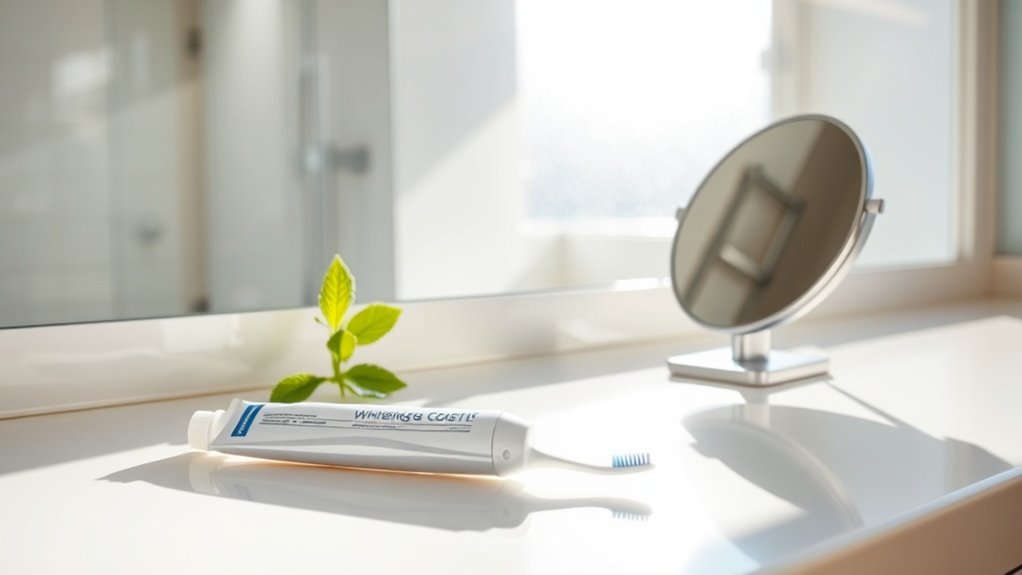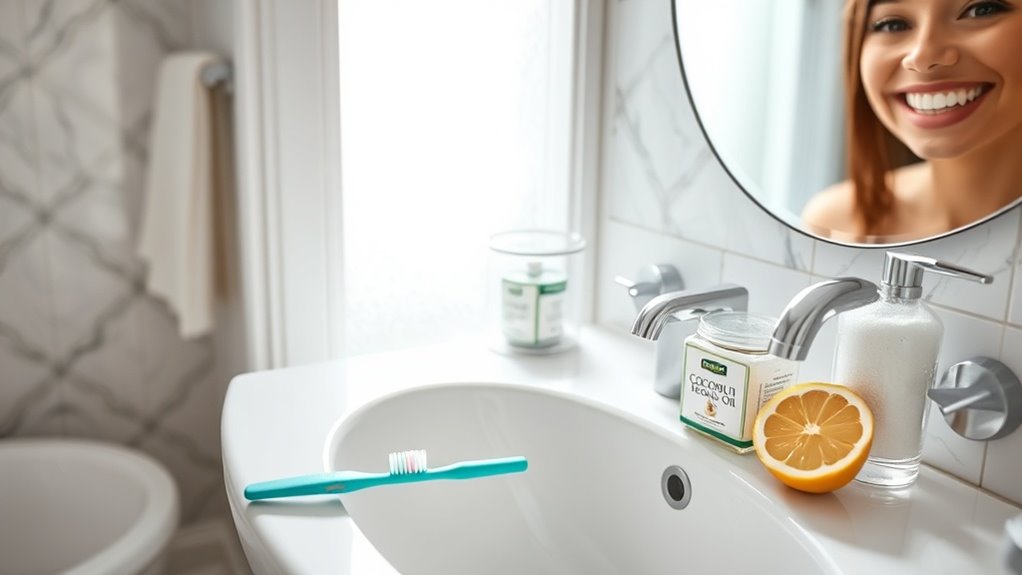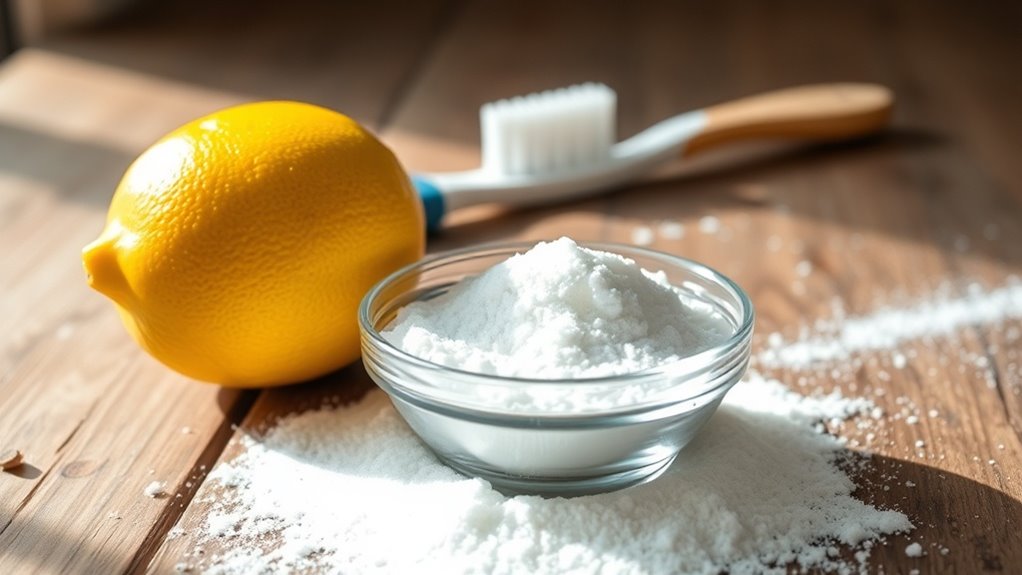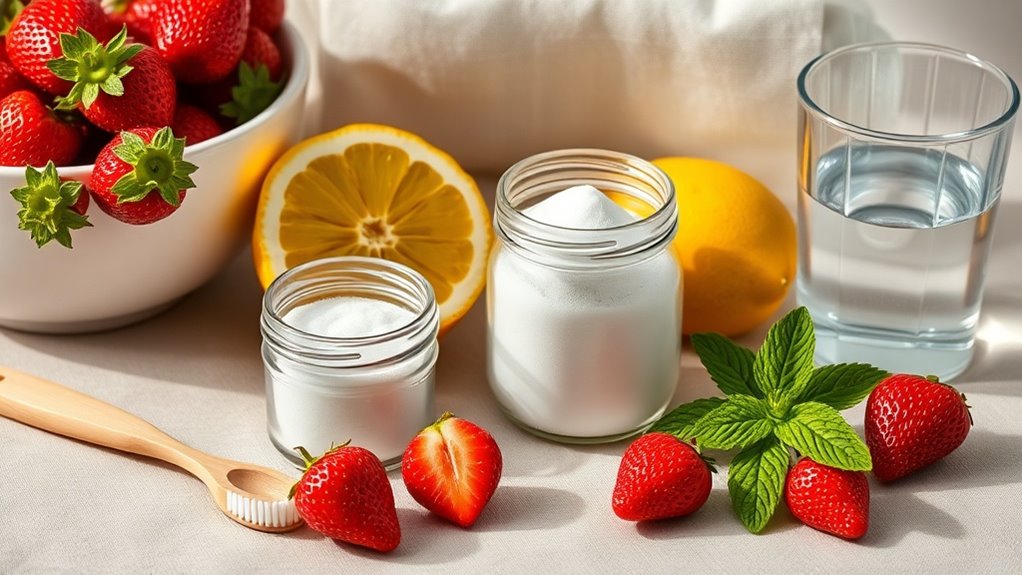Do Whitening Toothpastes Really Work. Here’s the Truth
Whitening toothpastes are popular choices for those looking to brighten their smiles, but their effectiveness might not meet your expectations. While they can tackle surface stains and enhance your teeth’s appearance, there’s more to the story. Understanding the science behind these products is essential to grasp their true capabilities and limitations. So, what exactly can you expect from these formulations? Let’s break it down.
The Science Behind Whitening Toothpastes
Although many people desire a brighter smile, understanding how whitening toothpastes work can help you make informed choices. Whitening toothpaste typically contains mild abrasives and chemical agents that remove surface stains. These products don’t bleach teeth like professional treatments but can enhance your smile’s appearance. Regular use can lead to noticeable results, though effectiveness may vary based on individual factors like stain types. It’s important to be aware of the potential risks associated with overuse, including enamel damage and increased tooth sensitivity.
Key Ingredients and Their Effects
When you choose a whitening toothpaste, it’s vital to understand the key ingredients that contribute to its effectiveness. Common ingredients like hydrogen peroxide or carbamide peroxide act as bleaching agents, targeting stains effectively. Abrasives such as silica help physically remove surface stains, while fluoride strengthens enamel. Understanding these components enables you to select a product that meets your whitening needs safely and effectively.
Comparison With Professional Whitening Options
Whitening toothpastes offer a convenient option for maintaining a brighter smile, but their effectiveness often pales in comparison to professional whitening treatments. Professional options, such as in-office bleaching or custom trays, utilize higher concentrations of whitening agents, ensuring more significant and quicker results. While toothpastes may help with surface stains, they typically can’t achieve the same level of whitening that professionals can deliver. Additionally, professional treatments minimize side effects and provide long-lasting results.
Realistic Expectations and Results
How should you set your expectations when using whitening toothpastes? It’s essential to understand that these products can help remove surface stains but often provide limited whitening compared to professional options. You may notice minor brightness improvements over time, but drastic changes are unlikely. Consistent use is important, and results vary based on individual factors such as your natural tooth color and stain type. Additionally, while whitening toothpastes can be effective, good oral hygiene practices are crucial for maintaining any whitening results you achieve.
Tips for Choosing the Right Whitening Toothpaste
Which factors should you consider when selecting a whitening toothpaste? First, look for the American Dental Association (ADA) Seal of Acceptance, indicating safety and efficacy. Check ingredient lists for hydrogen peroxide or baking soda, which effectively whiten teeth. Also, consider your sensitivity level; choose a formulation designed for sensitive teeth if necessary. Lastly, prioritize a toothpaste that maintains your overall oral health. Additionally, be aware that abrasive compounds can impact your enamel, so choose products with optimal levels for safe use.





